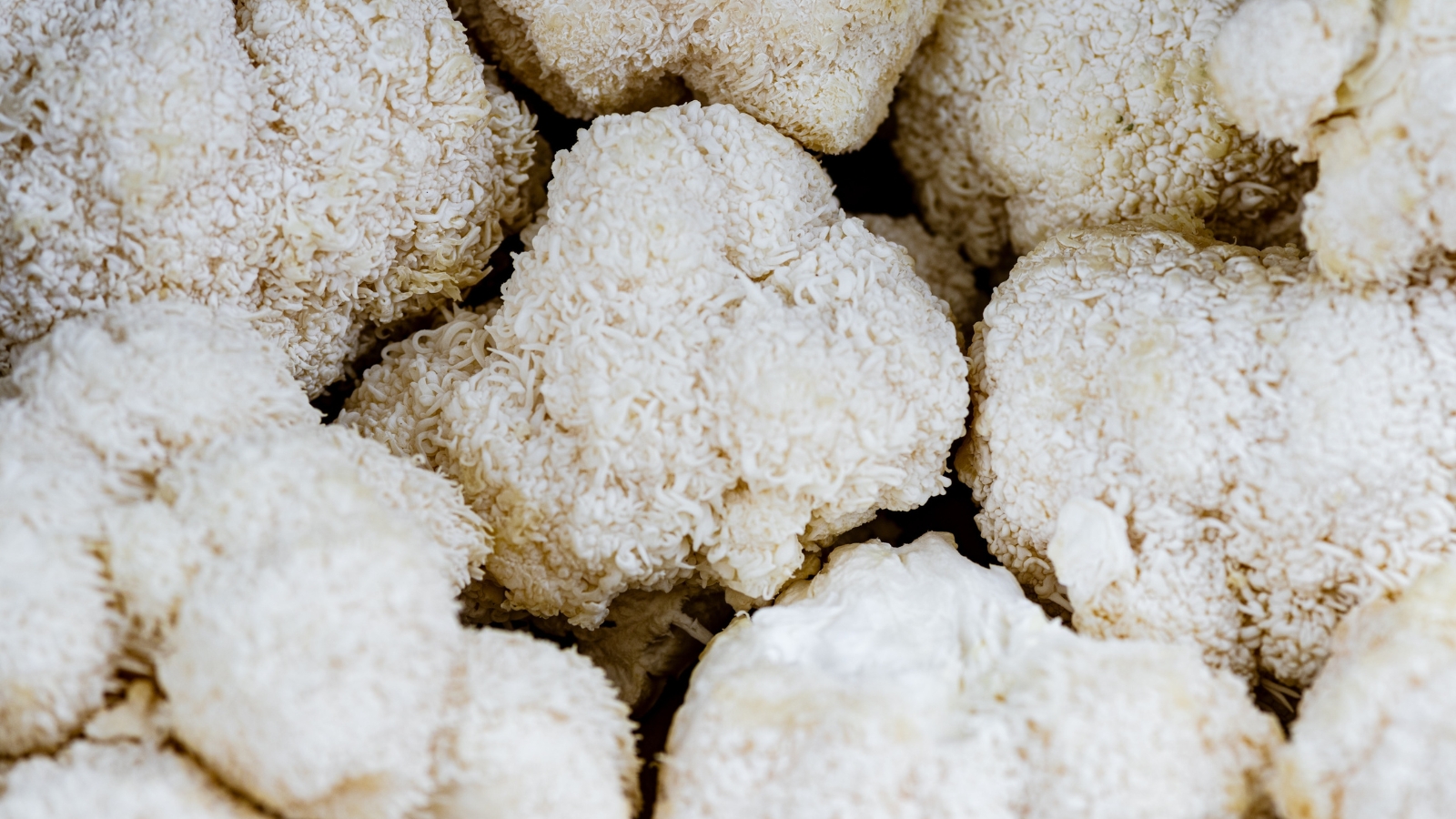Wellness
10 Tips to Lower Blood Sugar Naturally
Simple lifestyle changes can help people with diabetes lower their blood sugar levels.

This content originally appeared on Everyday Health. Republished with permission.
By Moira Lawler
Medically Reviewed by Kacy Church, MD
It’s the Holy Grail for people with diabetes: Checking your blood sugar and seeing the numbers right in line. Can lifestyle changes help? Yes, says Jill Weisenberger, RDN, a member of the Academy of Nutrition and Dietetics and the author of 21 Things You Need to Know About Diabetes and Your Heart.
If you have diabetes, lowering blood sugar isn’t just a short-term goal. According to the Centers for Disease Control and Prevention (CDC), it helps prevent or delay diabetes complications, including heart, kidney, eye, and nerve diseases. It can change the course of the disease entirely.
“It’s 100 percent important that [people with type 2 diabetes] try and lower their blood sugars through dietary approaches first,” says Jessica Crandall, RD, CDCES, owner of Vital RD, a health coaching and nutrition planning company based in Denver. “For some people, it not only can be preventive, but it can also help with reversal of the actual disease.”
Crandall says making a few key lifestyle changes can sometimes eliminate the need for medication. “Poking yourself with insulin isn’t fun,” she says. “Diabetes is a progressive disease, and you really have to figure out how to take control.”
Here are 10 ways to do it, no prescriptions required.
1. Keep an Eye on Your Carb Intake

Jude Infantini/Unsplash
Paying attention to carbohydrates is important for people with type 2 diabetes. “Carbs are what cause your blood sugars to potentially fluctuate,” Crandall says.
How many carbs per meal are ideal? “It’s tailored to each individual,” says Weisenberger. How much you exercise, your weight, and your age can all affect how long sugars stay in your system, according to the CDC. A typical starting point for people with diabetes is to limit carb intake and make adjustments according to your blood glucose readings or as recommended by a dietitian, Crandall says.
And keep in mind that carbs aren’t only found in the usual culprits, like bread, potatoes, and pasta. They are also in fruits, vegetables, sweets, and dairy, so you have to take all of those into consideration as well, Crandall says.
2. Avoid Eating Large Meals
One way to keep carbs under control is by eating in moderation. “I always tell my patients to spread their food out over the day,” Weisenberger says. “Don’t eat small meals to save up for a big dinner.” Feeding your body throughout the day helps regulate your blood sugar levels and prevents highs and lows, Crandall says.
Both Weisenberger and Crandall say to keep an eye on carbs, even while snacking. “Classically, less than 15 grams (g) of carbs per snack is a good standard approach,” Crandall says. That’s about what’s found in 1 cup of fruit, she says.
3. Fill Up on Fiber

Louis Hansel/Unsplash
Fiber is another nutrient you’ll want to keep an eye on for blood sugar management, but in this case, the more the better! It can help stabilize your blood sugars, Crandall says. It also plays a role in weight management and can lower your risk of cardiovascular disease, according to a review published in 2017.
Fiber plays a preventative role, too. Studies have found that high-fiber diets can reduce the incidence of type 2 diabetes by 15 to 19 percent compared to low-fiber diets, according to a 2018 study.
You’ll find fiber in plant foods such as raspberries, peas, and whole grains, according to the Mayo Clinic. Beans are another good source of fiber. People with type 2 diabetes who ate at least a cup of legumes (beans, chickpeas, and lentils) daily for three months had lower blood glucose levels as measured by the A1C test, according to a study from 2012. Beans also are an excellent source of folate, which is linked to a lower risk of cardiovascular disease, a common diabetes complication, according to the National Institutes of Health.
Men should aim for 30 to 38 g of fiber per day, and women should consume 21 to 25 g per day, according to the Mayo Clinic.
4. Get More Quality Shut-Eye
Poor or limited sleep affects body chemistry, and getting more slumber helps with blood sugar control, Weisenberger says. Chronic lack of sleep may contribute to the risk of type 2 diabetes, according to a small study published in 2015. Healthy volunteers who slept only four hours for three nights in a row had higher levels of fatty acids in their blood, which reduced insulin’s ability to regulate blood sugar by about 23 percent, the researchers found. Lack of sleep is also linked with other health conditions, including obesity, heart disease, and stroke, according to the Division of Sleep Medicine at Harvard Medical School.
The National Sleep Foundation recommends aiming for seven to nine hours of uninterrupted sleep per night.
Having sleep troubles? Follow these recommendations from the National Sleep Foundation:
- Sleep in a cool, dark room.
- Avoid consuming alcohol or caffeine in the hours before bed.
- Go to bed and wake up at the same time each day, even on the weekends.
- Don’t look at screens for at least a half hour before bedtime, including TV, tablets, cell phones, and computers.
5. Lose a Little Weight
Carrying around extra weight is one of the main causes of insulin resistance, keeping the blood sugar–lowering hormone from working properly, according to the National Institute of Diabetes and Digestive and Kidney Diseases.
Your weight-loss goals don’t have to be enormous either. Some of Weisenberger’s patients have seen improvements in blood glucose readings with only a five-pound loss, she says. And a study published in 2011 found modest weight loss — losing 5 to 10 percent of body weight — resulted in improved insulin sensitivity and glucose tolerance. “Small steps in the right direction can yield big results in improvement or prevention,” Crandall says.
6. Drink More Water

Engin Akyurt/Unsplash
Staying hydrated is an easy way to stay in control of your blood sugar levels. One study found the more water study participants drank, the less likely they were to develop high blood sugar. More specifically, the study found people who drank less than ½ liter of water per day were at increased risk of developing blood sugar issues.
The idea is that water helps flush glucose out of the body. “Having a glass of water can be really helpful in essentially diluting your blood sugar and lowering your blood sugar in a healthy way,” Crandall says.
7. Get a Handle on Stress
When you’re stressed out, your blood sugar tends to rise, Crandall says. When you’re stressed, insulin levels fall, certain hormones rise, and more glucose is released from the liver, which ends up in the blood stream and can cause disruptions for up to eight hours, according to the University of California, San Francisco.
How can you burn off tension? Yoga and meditation can help people lower their blood sugar levels, Weisenberger says. A 2014 study involving 27 nursing students found a combination of yoga and meditation practiced for one hour once a week led to reduced levels of stress and lower blood glucose levels after 12 weeks.
Crandall also suggests taking a few deep breaths, going for a walk, playing with your pet for a few minutes, or listening to a fun song. Basically, “whatever you can do to distract yourself for a few minutes and just lower your breathing rate” will help, she says. Indeed, the CDC notes that less water in your body is linked with a higher blood sugar concentration.
8. Never Skip Eating Breakfast
We’ve all heard that breakfast is the day’s most important meal. This is especially true for those who have diabetes. “I think eating breakfast is important, especially with potential risk for hypoglycemia and avoiding potential highs related to fasting for too long a period of time,” Crandall says.
A high-protein breakfast has an edge over breakfasts that are high in carbohydrates, according to research from the University of Missouri-Columbia. In the research, women ages 18 to 55 consumed meals with similar calories, fat, and fiber contents — but differing amounts of protein. Researchers monitored the amount of glucose and insulin in the participants’ blood for four hours after they ate breakfast. The best breakfasts contained 39 g of protein and led to lower post-meal glucose spikes than the meals with less protein, the researchers found.
Besides, eating breakfast may help overweight people with type 2 diabetes shed extra pounds. Of the participants in the National Weight Control Registry who maintained at least a 30-pound weight loss for at least one year, 78 percent said they eat breakfast daily.
9. Add More Resistant Starch to Your Plate

Shelley Pauls/Unsplash
Resistant starch — found in some potatoes and beans — bypasses the small intestine and ferments in the large intestine, which means it promotes the growth of good bacteria in the body and doesn’t raise glucose levels, according to Johns Hopkins Medicine. And the effect will last through your next meal, Weisenberger says. “It’s called the ‘second-meal effect,’” she says.
Interestingly, resistant starch can change with heat, and some foods, like rice, are higher in resistant starch when cooked and cooled than when cooked and served warm, according to Johns Hopkins Medicine.
Resistant starches are also found in:
Just be sure to keep carb count in mind when incorporating foods with resistant starch into your diet.
10. Ramp Up Your Movement Each Day
Exercise helps improve blood glucose in people with type 2 diabetes by increasing insulin sensitivity and the body’s ability to use glucose as energy, according to the American Diabetes Association. “In type 2, exercise helps improve insulin resistance,” says James G. Beckerman, MD, a cardiologist with Providence Heart Clinic in Portland, Oregon. “The end result is lower blood sugars.”
Crandall tells patients that exercise is like spring cleaning for the body. “It takes the stored form of glucose and uses it for energy so the next time you eat carbohydrates there’s a place to put it,” she says.
Because exercise can immediately reduce blood sugar levels in people with type 2 diabetes, work with your healthcare team to determine the right amount of activity and timing for you. A study published in 2017 found exercising 30 minutes after the start of a meal is usually best for maintaining blood sugar controls.
nutrition
weight loss
preventative
meditation
sleep
dietary
research
cdc

Lion’s Mane Mushroom: History, Benefits, and Adaptogen Properties
Explore the intriguing world of Lion’s Mane Mushroom in our comprehensive guide. Dive into its unique properties, historical significance, and myriad health…
AI can already diagnose depression better than a doctor and tell you which treatment is best
Artificial intelligence (AI) shows great promise in revolutionizing the diagnosis and treatment of depression, offering more accurate diagnoses and predicting…
Reasons You should Get this: Neptune Wellness Solutions Inc (NASDAQ:NEPT), WeTrade Group Inc. (NASDAQ:WETG)
NEPT has seen its SMA50 which is now -9.28%. In looking the SMA 200 we see that the stock has seen a -92.25%. WETG has seen its SMA50 which is …
The…













